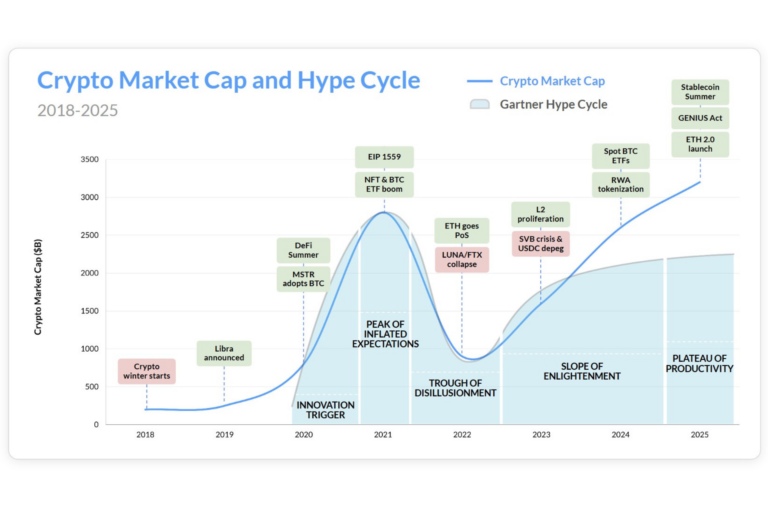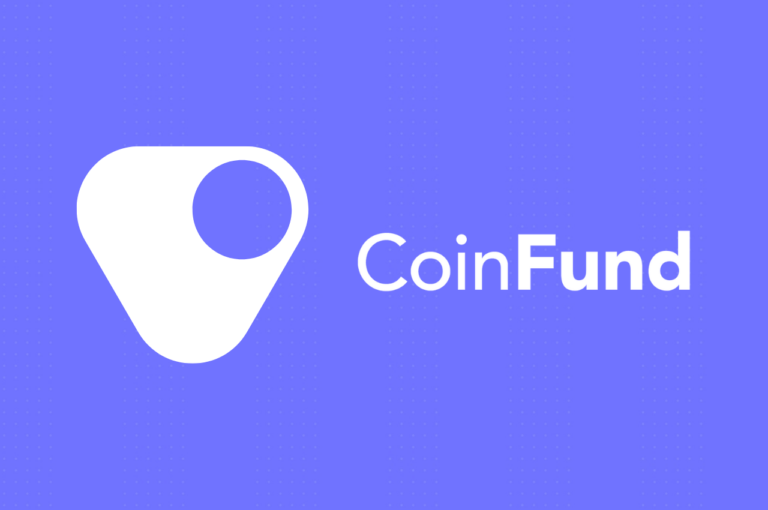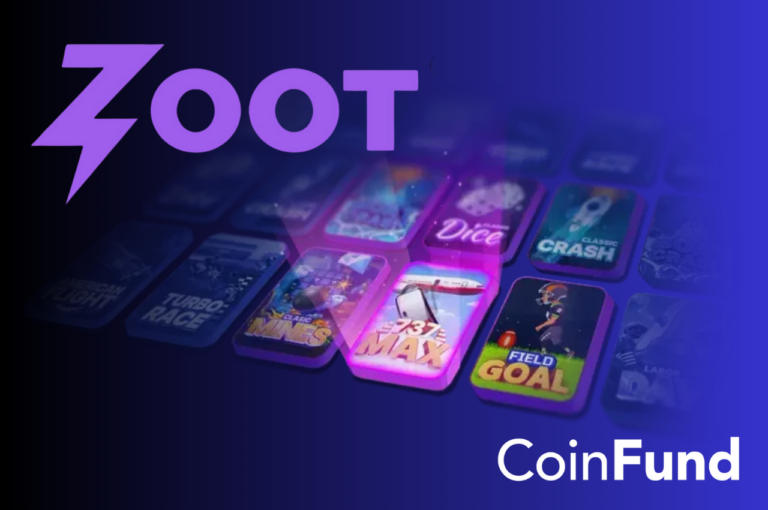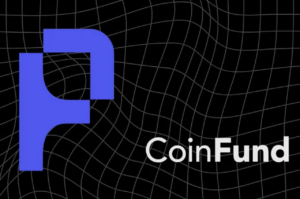
What It Takes: Scaling Payments as the Original Crypto Use Case
Crypto payments have only obtained mainstream mindshare with adoption lagging behind. Why haven’t crypto payment products seen more adoption to date?
In a dizzying and rapidly evolving sector, from memecoins to NFTs, regulatory battles and competing ecosystems, it is easy to forget that the original use case for crypto was intended to be payments. In the Bitcoin whitepaper, Satoshi outlines his vision for “a purely peer-to-peer version of electronic cash [that] would allow online payments to be sent directly from one party to another without going through a financial institution.”
Over 15 years later, Satoshi’s original vision now seems to be crystallizing, fueled by innovations such as stablecoins and high throughput blockchains. Stablecoins have proven to be one of crypto’s first products to gain mainstream product-market fit. As of March 2025 the value of circulating stablecoins sits at around ~$210B (Visa) which reflects ~50% growth over the past year! Early adopters include individuals in emerging markets who want to save and transact in a US dollar-denominated asset, and a growing segment of businesses looking for a way to send and receive payments across borders in a faster, more cost efficient manner.
At CoinFund, we believe that crypto companies will continue to disrupt the payments landscape starting where the sharpest pain points exist today: cross-border payments. However, while the demand for cheaper, faster payments exists, and the technology is ready to support this demand, crypto payments have only obtained mainstream mindshare, but broad adoption is just getting started. For context, cross border payments volumes reached $150tn in FY2022 generating $240bn in revenue for companies serving this market (McKinsey). So, while stablecoin based payments seem to have arrived, they are really still closer to the beginning of their adoption curve. Additionally, there are a number of areas where providers in the space need to innovate and improve if crypto payments adoption is going to catch its mindshare.
So, where do crypto payment products need to improve to drive adoption?
The first area is optimization around the edges of the tech stack. The main problem of money movement has been solved, but there needs to be continued UX improvements that abstract away the lines between a company’s stablecoin and fiat balances. Similarly, companies handling hundreds of thousands or millions of total payments volumes each month need crypto powered-payment solutions that integrate with their other core technologies that they use to operate daily, such as accounting software solutions. For a non-cryptonative business the choice between what blockchain and what stablecoin to use can be confusing and a blocker to adoption. While continued education around crypto will help with this problem, developers who can provide solutions that are more consistent with their future users’ current experiences will have the edge.
Additionally, companies looking to transact across borders, especially with entities in emerging markets, need more robust and consistent liquidity for paying out entities during the last mile of the transaction. While the current state of blockchain based payments disintermediates a number of correspondent banks previously needed to facilitate cross border payments, this liquidity problem still exists at the edges of transactions. Players who win the various layers of the payment stack will address these pain points and further establish a moat around their products by driving liquidity through their solutions. Attracting liquidity will enable providers to offer more competitive pricing to their customers and will drive network effects, attracting more customers and volume.
Lastly, while people and businesses continue to learn more about crypto and the value blockchains can provide, players in the space will undoubtedly need to continue to educate their customers and adhere to regulatory requirements across geographies to gain trust and establish their brands.
So, while CoinFund believes that crypto payments are still in the early innings of adoption, the traction to date has been quite promising. The work by builders in the space to improve blockchain infrastructure over the last few years now makes stablecoins a viable option for non-cryptonative enterprises looking to use stablecoins for payments. With continued education, better tech and clearer compliance, crypto will help facilitate faster and cheaper cross-border payments – and one day become a “trojan horse” for crypto adoption.
***
Disclaimer: The views expressed here are those of the individual CoinFund Management LLC (“CoinFund”) personnel quoted and are not the views of CoinFund or its affiliates. Certain information contained herein has been obtained from third-party sources, which may include portfolio companies of funds managed by CoinFund. While taken from sources believed to be reliable, CoinFund has not independently verified such information and makes no representations about the enduring accuracy of the information or its appropriateness for a given situation.
This content is provided for informational purposes only, and should not be relied upon as legal, business, investment, or tax advice. You should consult your own advisers as to those matters. References to any securities or digital assets are for illustrative purposes only, and do not constitute an investment recommendation or offer to provide investment advisory services. Furthermore, this content is not directed at nor intended for use by any investors or prospective investors, and may not under any circumstances be relied upon when making a decision to invest in any fund managed by CoinFund. An offer to invest in a CoinFund fund will be made only by the private placement memorandum, subscription agreement, and other relevant documentation of any such fund and should be read in their entirety. Any investments or portfolio companies mentioned, referred to, or described are not representative of all investments in vehicles managed by CoinFund, and there can be no assurance that the investments will be profitable or that other investments made in the future will have similar characteristics or results. A list of investments made by funds managed by CoinFund (excluding investments for which the issuer has not provided permission for CoinFund to disclose publicly as well as unannounced investments in publicly traded digital assets) is available at https://www.coinfund.io/portfolio.
Charts and graphs provided within are for informational purposes solely and should not be relied upon when making any investment decision. Past performance is not indicative of future results. The content speaks only as of the date indicated. Any projections, estimates, forecasts, targets, prospects, and/or opinions expressed in these materials are subject to change without notice and may differ or be contrary to opinions expressed by others. This presentation contains “forward-looking statements,” which can be identified by the use of forward-looking terminology such as “may”, “will”, “should”, “expect”, “anticipate”, “project”, “estimate”, “intend”, “continue” or “believe” or the negatives thereof or other variations thereon or comparable terminology. Due to various risks and uncertainties, actual events or results may differ materially and adversely from those reflected or contemplated in the forward-looking statements.

George Christopher is an Investor at CoinFund, applying his experience evaluating, investing in, and supporting best-in-class technology companies. George was formerly at Battery Ventures where he focused on investments in growth-stage software.
Prior to Battery, he worked as an investment banking analyst at AGC Partners. George graduated from Dartmouth College with a Bachelor’s Degree in Economics.









